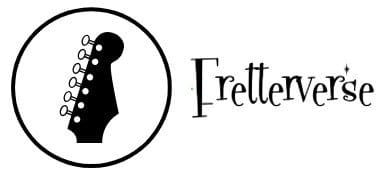The moment I first heard the distinct, haunting hum of a resonator guitar, my perspective on string instruments changed forever. I found myself standing at the crossroads of tradition and innovation, with the dobro on one side and the steel guitar on the other, each with its own unique allure. This journey into the rich world of these exceptional instruments revealed more than just the mechanics and sound; it opened a gateway to understanding their cultural and musical significance. The decision to choose between a dobro and a steel guitar involves more than personal preference—it’s about the expressive possibilities each offers.
As a guitarist who has dabbled in a variety of styles, I’ve learned just how essential the choice of resonator guitar can be in defining one’s musical path. This article delves deep into the nuances that distinguish the dobro from the steel guitar, offering insights drawn from both research and personal exploration.
What Are Dobro and Steel Guitars?
In my journey as a fingerstyle guitarist, I’ve often been drawn to the *unique sonic properties* of both the dobro and the steel guitar, each lending itself to different musical narratives. The dobro, with its iconic resonator cone, was specifically designed to cut through the sound of big bands, offering a distinct resonance that remains unparalleled. Its pronounced twang and metallic harmonics make it perfect for bluegrass and country music. On the other hand, the *steel guitar*, which includes the versatile **lap steel guitar**, provides a smooth glide and *rich tonal diversity*, making it ideal for Hawaiian and blues music.
Both the *dobro and the resonator guitar* share some characteristics, yet each boasts its own identity, primarily defined by the placement of the resonator cone and soundhole design. Understanding these nuances empowers musicians and enthusiasts to appreciate the subtle differences that contribute to the guitars’ rich soundscape.
Reflecting on my experiences, the **dobro characteristics** resonate with me in a way that complements the expressive potential I seek in storytelling through music. Despite their similarities, choosing between a dobro and a steel guitar often lies in the context of its application. The *distinctive voice* each instrument brings can elevate a musical piece, ensuring every strum and slide tells a story that transcends the ordinary.

Teja Gerken, a fingerstyle guitarist with a unique blend of folk, classical, jazz, and world music, has made significant contributions to the guitar world. Known for albums like ‘On My Way’ and ‘Postcards’, and as a co-founder of Peghead Nation, he brings his expertise from intimate venues to global stages. At Fretterverse, Gerken offers deep insights into diverse fingerstyle techniques and musical fusion.
